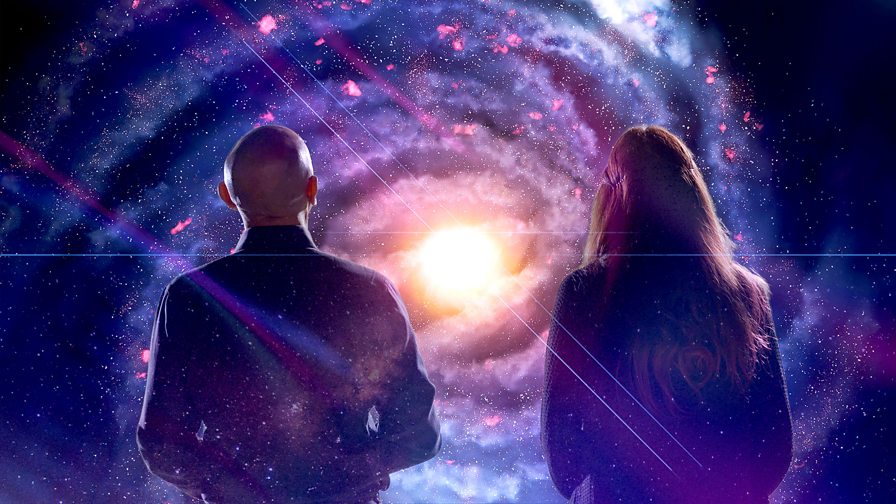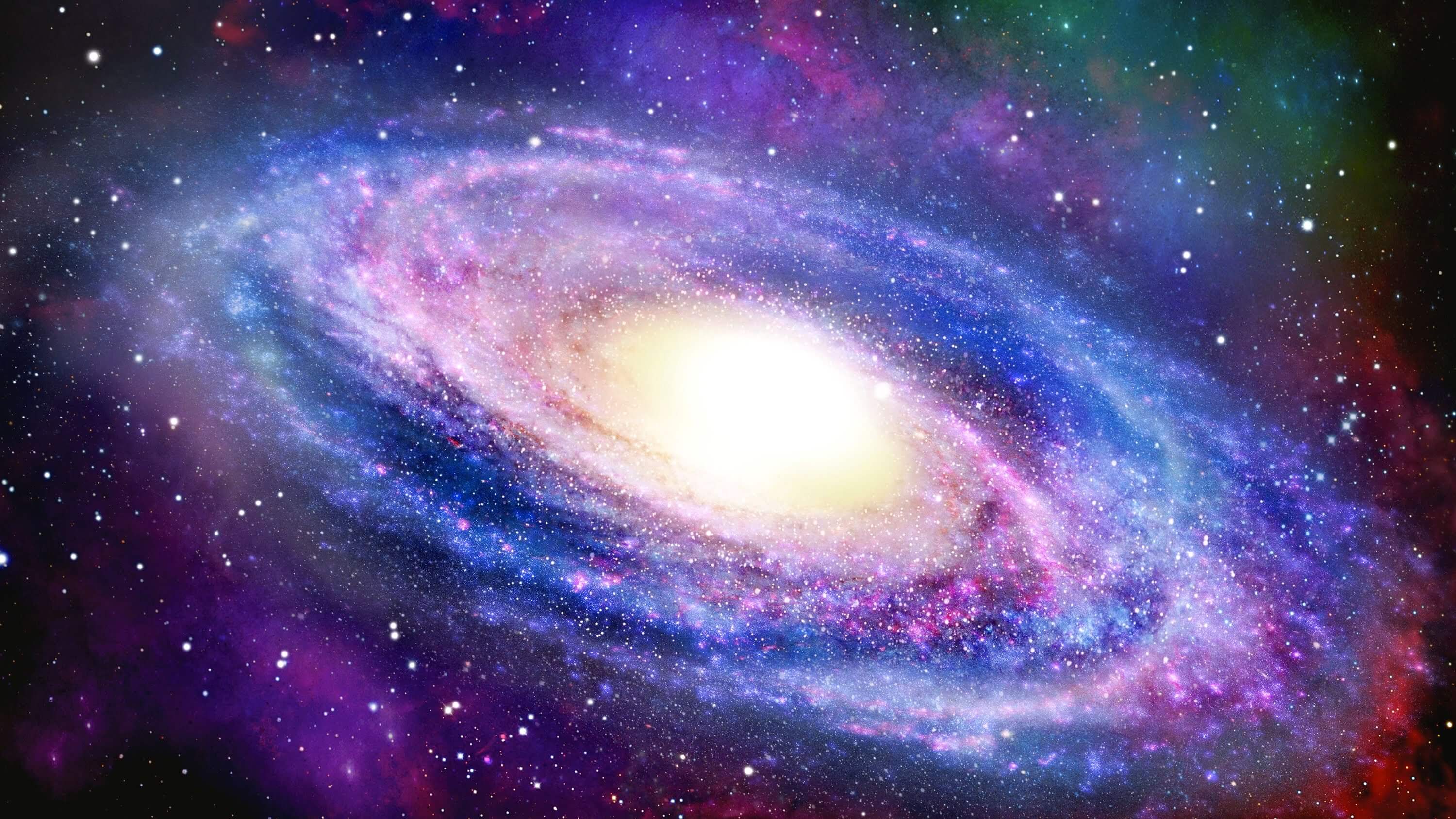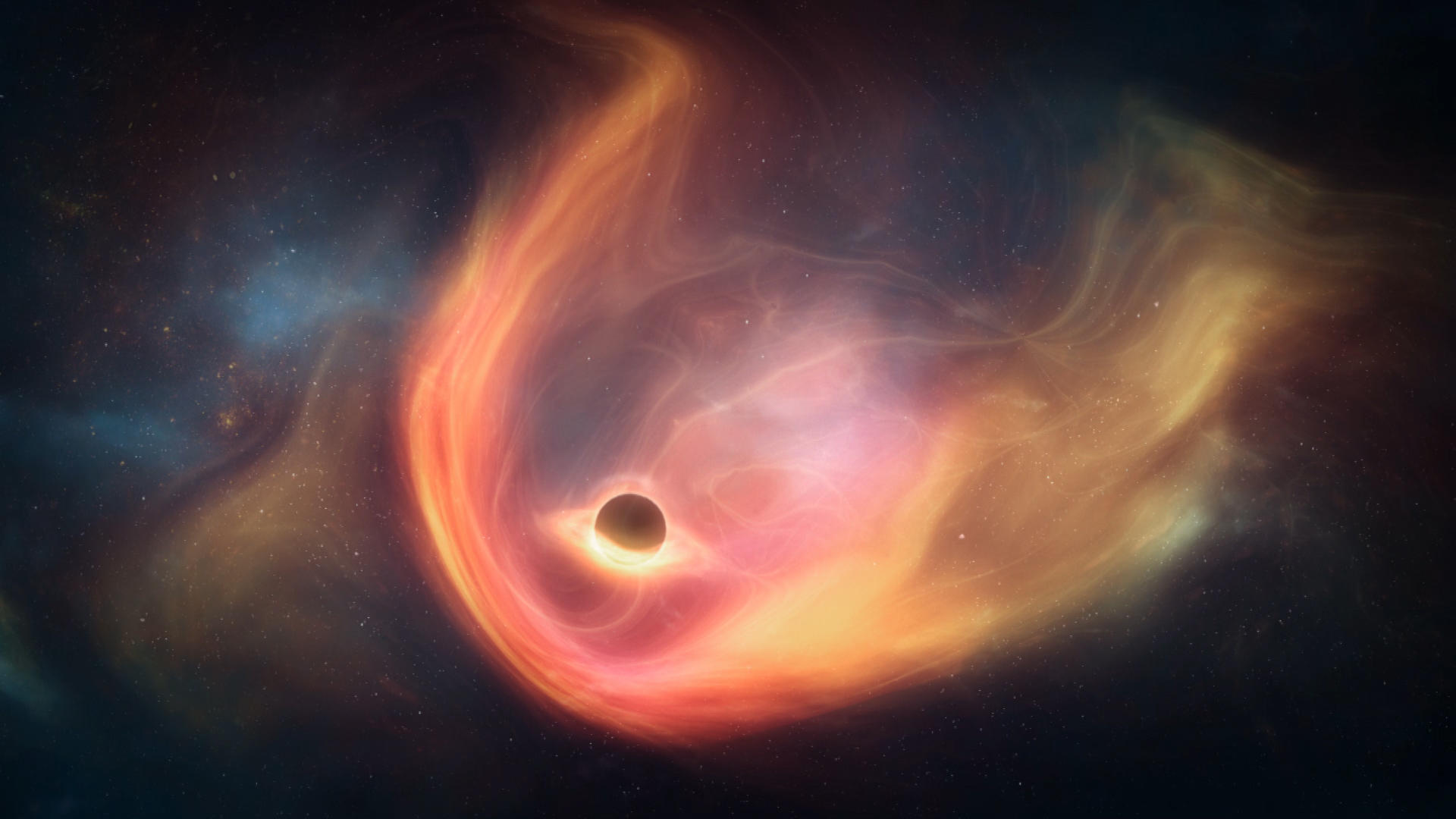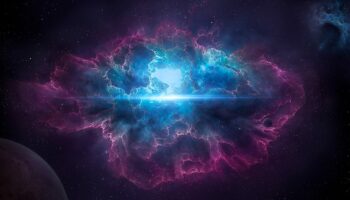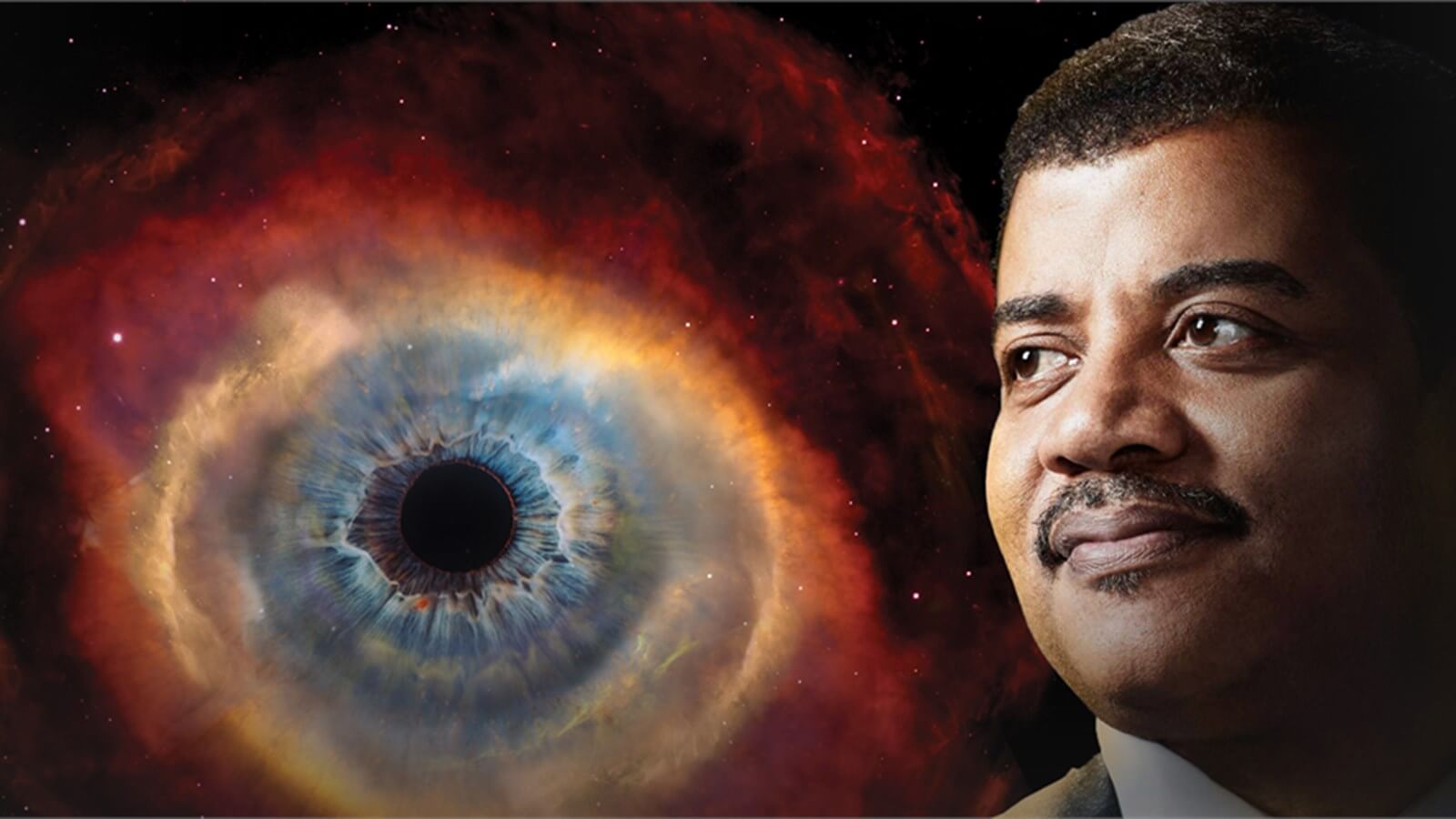description:
In this mind-bending series, Jim Al-Khalili explores the vast range of size in the universe, from tiny atoms to gigantic, interconnected galaxies.
episodes:
What would the universe look like if you were a billion times smaller or a billion times bigger? In this mind-bending series, Jim Al-Khalili looks at the various sizes in the universe, ranging from the tiniest objects measuring just a few atoms to vast structures consisting of hundreds of thousands of interconnected galaxies. Investigating these astonishing objects reveals fundamental truths about our universe. At the end of each film, the audience sees the largest structures ever discovered in the universe and the smallest objects whose images scientists have managed to capture to date.
In the first episode, Jim enters the Alice in Wonderland world of objects that are too tiny to glimpse with the naked eye. Starting with the smallest insects, he moves on to encounter living cells with amazing superpowers and confronts some of humanity’s deadliest enemies in the form of viruses. Going smaller still, he encounters wondrous new nanomaterials such as graphene, discovered by physicist Andre Geim. These are revolutionising engineering, medicine, computing, electronics and environmental science.
Finally, Jim comes face to face with the fundamental building blocks of the world around us – atoms – and reveals why understanding the science of the small is crucial to the future of humanity.
In the concluding episode of the series, Jim encounters ever larger cosmic structures to reveal the latest breakthroughs in our understanding of the universe. For example, there’s the heliosphere, a vast cloud of solar plasma that surrounds and protects the solar system. Its unique physics help us understand why life is possible. Larger still, Jim comes face to face with our galactic home the Milky Way, a monstrous structure sculpted by the gravitational forces of dark matter. Jim finds out from pioneering researcher Adrian Fabian about the black hole at its centre, whose strange behaviour includes emitting the lowest note that can be heard in the cosmos.
At an even greater scale, Jim encounters huge structures such as the Laniakea Supercluster, of which the Milky Way is only a tiny part. Then there’s ‘the giant arc’, a collection of galaxies that account for more than three per cent of the observable universe. Jim learns from its discoverer, British PhD student Alexia Lopez, that this gargantuan structure is forcing scientists to reassess their theory of how the universe evolves and may overturn some of the most fundamental principles in physics.

